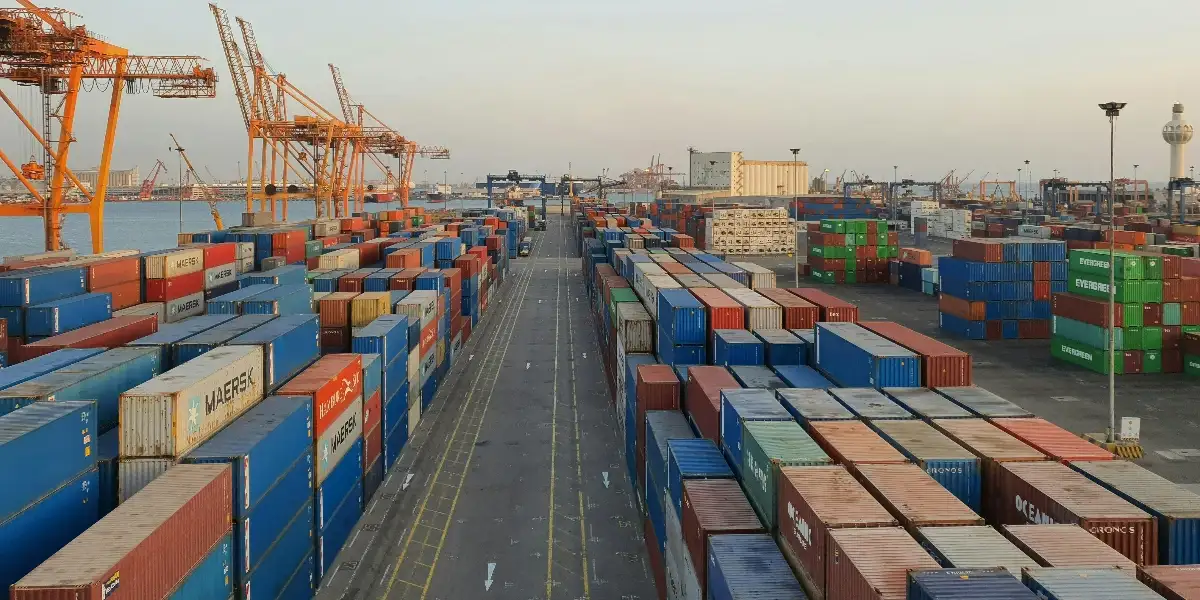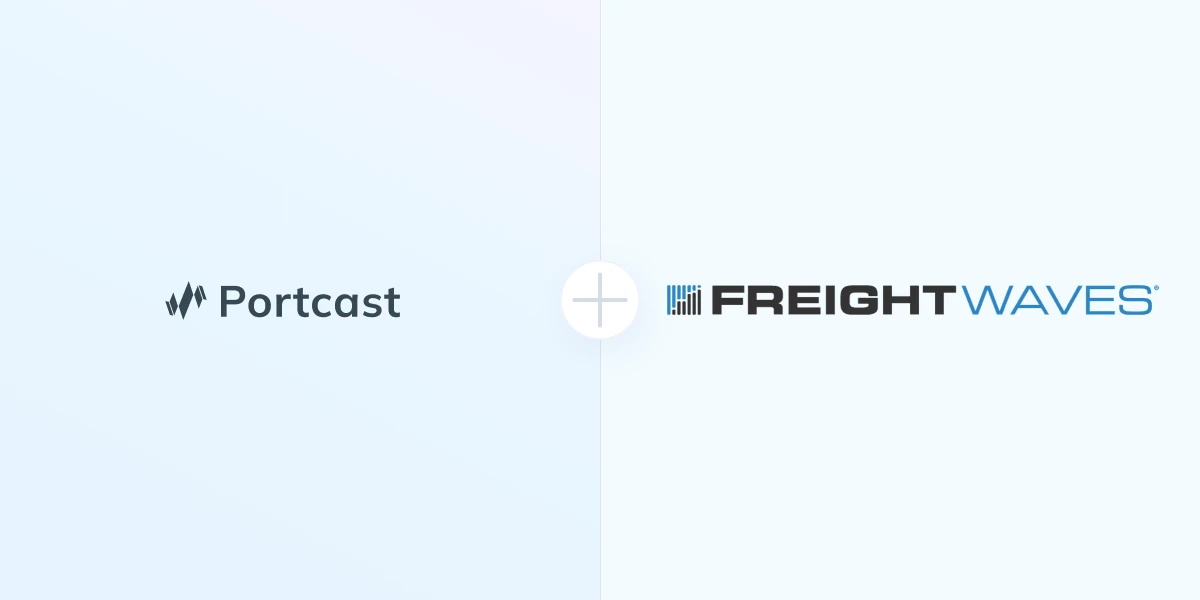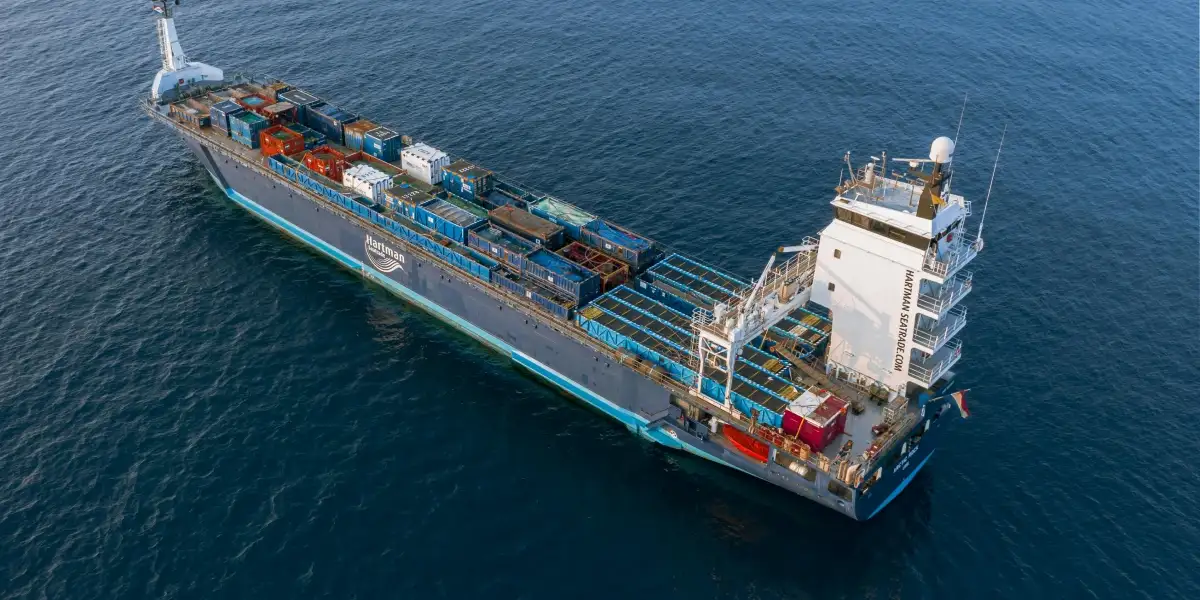A bill of lading is a transferable, legally-binding contract of carriage issued by a carrier that specifies the goods being shipped, their origin, and their destination. It also serves as a receipt given by the carrier and a document of title.
It is a necessary document for shipping freight internationally. The shipper, carrier, receiver, and all the parties possessing the goods must all sign this document.
Moreover, the bill of lading should be given to the carrier at pickup and can be created during the quoting and booking process. Then it must be attached to the packaged freight.
Electronic Bill of Lading
As the world moves ever closer to a digital era, the shipping and trade industries are beginning to see the potential of digitizing Bills of Lading. Many stakeholders involved in the global supply chain will gain from switching to an electronic bill of lading method. The manual nature of the old bill of lading process makes it slow and difficult to share with other parties in the supply chain.
All parties concerned will save money on administrative and operational expenses by switching from a fully manual, paper-based procedure to an electronic interface to collect the information and promptly send it to the appropriate parties. These time and money savings will ultimately lower the cost of goods and delivery and lowering final expenses for end users.
This article will explore the importance of bills of lading and the different types of them that exist. As a document that serves a variety of purposes, it is important to understand the role of bills of lading and the various ways they can be used.
Uses of Bill of Lading
Receipt of Goods
A bill of lading is necessary for the execution of shipments. It is a legally binding document that frequently acts as evidence of ownership over the commodities being transported, and must be given for goods to move from point A to point B.
Titles to Goods
The bill of lading serves as a title to the goods once they have reached their destination. The bill of lading must be produced by the consignee named to get the carrier's release of the shipment and establish ownership. It serves as proof of the delivery confirmation in this sense.
Ensure That the Shipper Is Paid
The shipper may occasionally be allowed to keep the original invoice until they get paid. The consignee will be prevented from accessing their goods until payment has been made and the Bill of Lading has been released.
Issuance of Bill of Lading
The shipping company or other relevant agents issues the bill of lading for the commodities loaded on board the vessel. The carrier then signs this document. They can also give it on freight to collect or through a prepaid basis.
Who Uses Bill of Lading?
Typically, bills of lading are produced by all businesses that supply transportation services. Owners, drivers, freight forwarders, third-party logistics firms, and others can be among them. They include companies that transport commodities via any mode, including air, sea, rail, and road. They can be used for both domestic and international deliveries. Without a bill of lading, the items cannot be released. Therefore, the data on a bill of lading must be accurate and understandable.
Different Types of Bills of Lading
House Bill of Lading
A house bill of lading (HBL) is issued by an ocean transport intermediary (OTI), such as a freight forwarder or non-vessel operating company (NVOCC), to the supplier once the cargo has been received. The bill of lading format used by freight forwarders and houses is identical. Although there is no formal requirement for who should sign an HBL, a freight forwarder usually issues and signs the document. The freight forwarder signs a house Bill of lading that reflects the terms and conditions from their point of view to avoid any disputes while shipping goods.
Master Bill of Lading
A master bill of lading (MBL) is the contract of carriage between the shipper and the carrier, issued by the carrier (ship owner or operator). It contains information on the shipper and the recipient, container numbers, seals, item counts, and weights. An NVOCC schedules shipments with shipping companies after receiving them from exporters. An MBL, or master bill of lading, is issued to the individual or business that made the shipping reservation once the carrier certifies that it has received the goods. The NVOCC is the reservation maker in this instance. A hired freight forwarder may also be the party who makes the reservation.
Straight Bill of Lading
A document that serves as a receipt for goods and also as a contract of carriage between the shipper and the carrier. It is issued by the carrier to the shipper after the goods have been delivered.
Order Bill of Lading
A document that serves as evidence of title to the goods, and is issued to the shipper after the goods have been accepted by the carrier.
Combined Transport Bill of Lading
A document that serves as a receipt for goods and also as a contract of carriage between the shipper and the carrier, when the goods are transported through multiple carriers.
Through Bill of Lading
A legal document that allows goods to be transported both within domestic borders as well as internationally. In through bill of lading, goods are transported by the ocean as much as they can possibly be transported by ocean, and then by road or rail to the final destination. As well as serving as a cargo receipt, a carriage contract, as well as a title (sometimes), the through bill of lading is often required when exporting goods.
Multimodal Bill of Lading
This type of bill of lading covers multiple transportation modes, such as ocean and rail or ocean and road, and encompasses all modes of transport. The carrier is responsible for moving the cargo from the point of receipt to the point of delivery.
Express Bill of Lading
A document that serves as a receipt for goods and also as a contract of carriage between the shipper and the carrier, when the goods are to be transported with an express delivery service.
Sea Freight Bill of Lading
A document that serves as a receipt for goods and also a contract of carriage when goods are shipped via sea/ocean.
Air Freight Bill of Lading
A document that serves as a receipt for goods and also as a contract of carriage between the shipper and the carrier, when the goods are to be transported via air.
Tracking Using a Bill of Lading (BOL)
By tracking the bill of lading rather than the container number, you can get a more comprehensive picture of the shipment, including the shipping route, current status, and estimated delivery time. Additionally, the bill of lading contains information about who is responsible for the cargo and any special instructions for handling the goods. This makes it a useful tool for tracking the shipment and ensuring it arrives safely and on time.

We support tracking for both House and Master bill of lading numbers to achieve efficient logistics through real-time predictive visibility. If you want to try our solution for your tasks, schedule a demo with our visibility expert.







